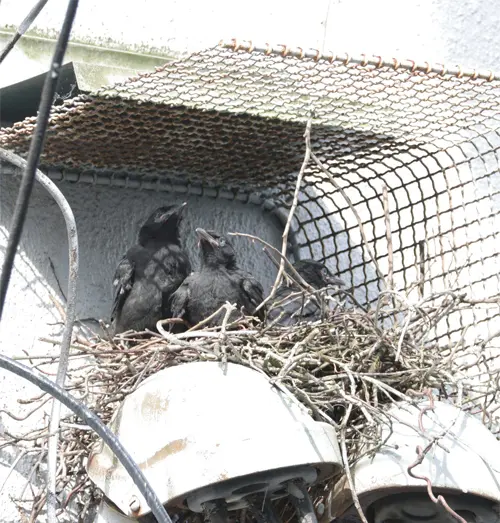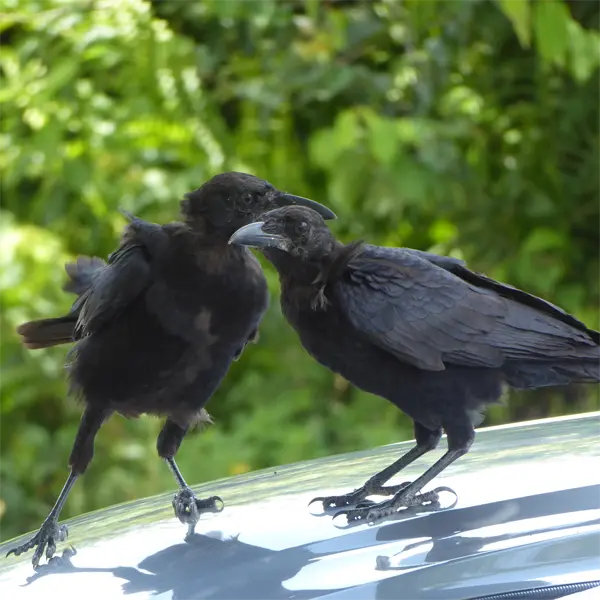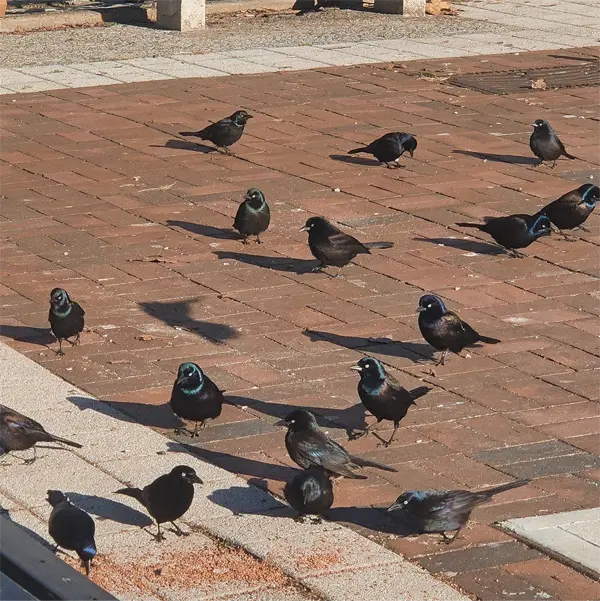Bird Control in Florida
Call Us Today at (407) 617-1193
Florida Wildlife Trappers Provide Safe, Legal Bird Control
Birds are a common sight in Florida, with over 500 species calling the state home. While many birds are admired for their beauty and songs, some species can become nuisance pests when they take up residence in man-made structures. Birds nesting and roosting in buildings can cause noise, messes, structural damage, and health hazards from their droppings.
Florida Wildlife Trappers understands the laws protecting native birds and uses humane, legal methods to deter and remove problem bird species. We inspect properties, identify the bird species involved, and implement customized solutions to humanely evict birds and prevent re-entry. With our expert technicians and advanced techniques, we can solve any bird problem while coexisting with these important parts of Florida’s environment.
Give Us a Call At 407-617-1193

Inspection and Identification
When you contact Florida Wildlife Trappers about an unwanted bird issue, we’ll schedule a thorough inspection of your property. Our knowledgeable technicians will examine nesting and roosting areas to identify the bird species causing problems.
Visual identification of the birds along with clues like their unique nest construction, calls and songs, and behavior patterns inform us on the best removal and prevention methods. Proper identification also lets us know if the species is migratory or a protected native, which determines legal protocols we must follow.
Bird Control and Exclusion
With the species identified, Florida Wildlife Trappers implements customized solutions to remove birds humanely and prevent re-entry. We may carefully extract nests and young and install one-way exclusion devices that let adult birds exit but not re-enter. For chimney nests, we can install a cap after removal.
Trapping or mist netting may be utilized for larger infestations. Persistent birds are encouraged to abandon the site through decoys, sprinklers, noisemakers, flashing lights, and harmless gels. Once vacated, the area is sealed and modified to make future nesting difficult. Droppings and debris are also cleaned and disinfected.


Prevention Through Exclusion
While removing current bird inhabitants is important, exclusion techniques are key to long-term prevention. Florida Wildlife Trappers excels at bird-proofing structures through simple modifications and exclusion products.
Blocking access points like vents, holes, and crevices removes entryways. Porcupine wire, netting, and Bird Slide transparent gel on ledges deters landing. Roosting areas can be made unappealing with repellent gels, spike strips, or slope modification. Motion-activated sprinklers, predator decoys, and Mylar flashing foil scare birds away.
For nests on signs or light fixtures, we recommend full enclosures or porcupine wire covers. Constant maintenance deters re-establishment in excluded zones.
Potential Health Hazards from Birds
While birds can be delightful creatures to watch and admire, it’s important to be aware of potential health hazards associated with them. Although they don’t pose the same level of danger as, say, a venomous snake or a rabid raccoon, birds can still carry risks that should not be underestimated.
Common Problematic Species in Florida
The biology and behavior of different bird species inform which removal and exclusion methods will be most effective. Here are some of the most common pest birds in Florida that Florida Wildlife Trappers is experienced in controlling
Humane Bird Control From Florida Wildlife Trappers
Florida Wildlife Trappers approaches every bird job with care, ethics, and professionalism. We adhere to all migratory bird laws and work to exclude pest birds while supporting the conservation of native Florida avifauna. Our experts continuously enhance skills through training and follow the highest industry standards.
For cost-effective custom bird control servicing the entire state of Florida, trust Florida Wildlife Trappers. Contact us today for a complimentary inspection and estimate. Together we can solve your bird problems humanely while coexisting with nature.
Give Us a Call At 407-617-1193

